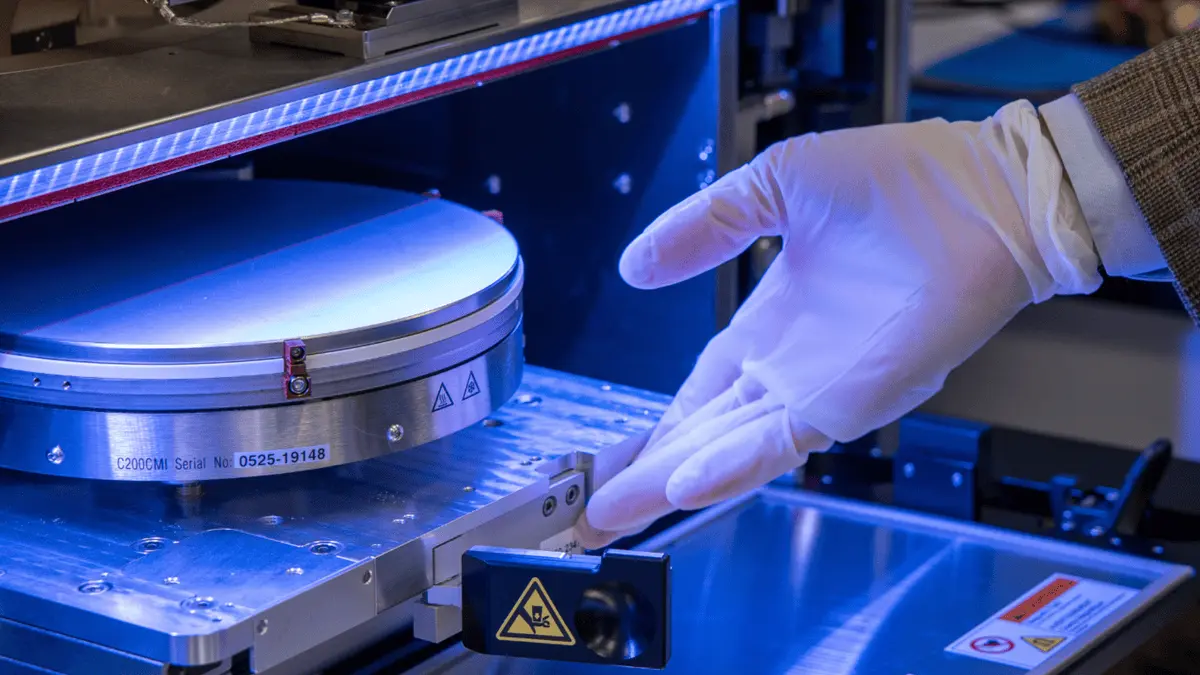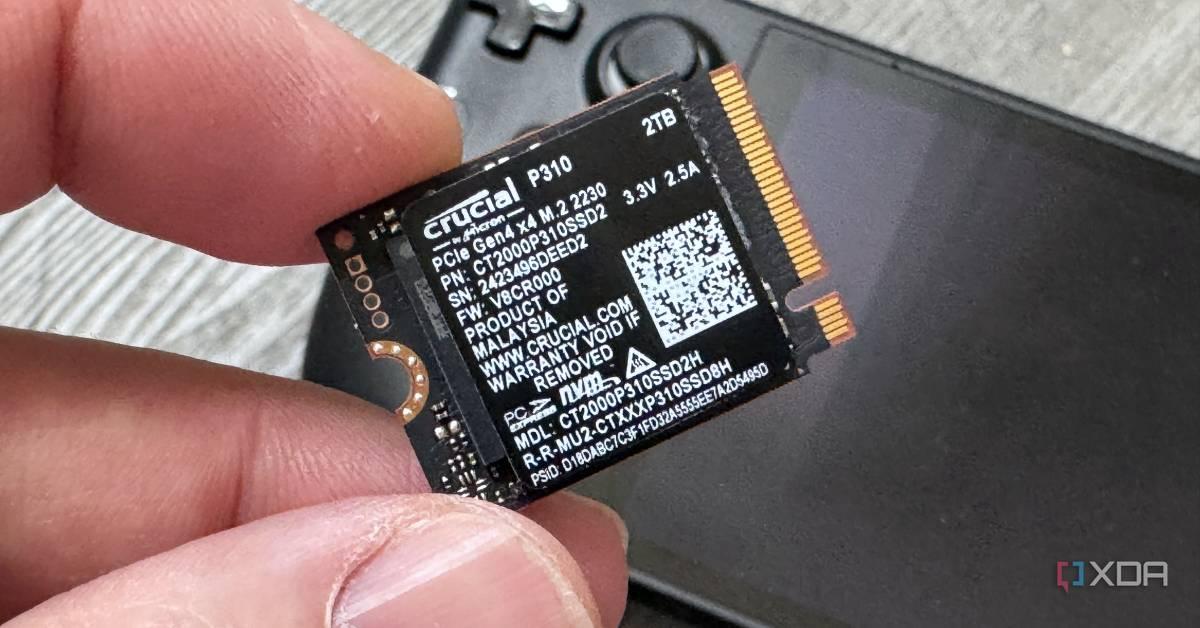OpenPin Project Revives Humane AI Pin: Open-Source Community Breathes New Life into Failed Wearable
2 Sources
2 Sources
[1]
The Humane Pin Is Dead, but OpenPin Wants to Bring It Back
Ray-Ban Meta Smart Glasses Now Act Like a Live Language Interpreter The Humane AI Pin aimed to be a replacement for smartphones with no screen and the power of generative AI, but the company making it didn't last long, and all existing Pin devices have been cut off from the servers powering them. A new project is hoping to make them useful again. A group of udevelopers started an open-source project called OpenPin with the goal of bringing the device back to life. OpenPin gets around the problem of Humane's dead servers by providing a new server system. By modifying the AI Pin's software, users can connect their devices to the OpenPin server and get back many of its original features. Technically, OpenPin requires an interposer, a small adapter that acts as a link between the AI Pin and the new server. These interposers can be bought online or even built by people with technical skills, showing how determined and creative the community is. The OpenPin server lets users keep using many of the AI Pin's original functions, including a virtual assistant that can set reminders, give directions, search the web, and check weather or stock updates. The device's ability to analyze photos and recognize images still works, too. OpenPin also keeps the AI Pin's photo and video recording feature (though limited to 15 seconds) and its translation tool, which converts spoken words between languages. Originally pitched as a groundbreaking AI assistant that would let people stop using phones, the device soon became known for being too expensive and not powerful enough. A big part of its problem was that most of its features depended on a paid subscription, meaning the device barely worked unless users kept paying every month. The high upfront cost, around $699, plus the required subscription fees, made it hard for people to justify buying it, making customers more unhappy. In the end, the AI Pin didn't deliver on its big promises and went under. This decision effectively broke all existing AI Pins by cutting off their connection to Humane's servers, leaving users with expensive, useless gadgets. The only option for some was a partial refund, but only if they had bought the device recently. Related Humane's Ai Pin Would Be Better as an Apple Watch Camera Accessory What the Apple Watch really needs is a wireless camera accessory. Posts The AI Pin's story should have ended due to its failure in the market, but this is an interesting case. This open-source movement could actually save the failed AI Pin, which may now have a new future. By working together and sharing knowledge, the OpenPin community has kept these devices from becoming electronic waste and proved that users can find ways around corporate decisions that hurt consumers. HP still owns Humane since buying it in early 2025 but made sure to take out any AI Pin workers. While HP took over Humane's software, patents, and employees, the AI Pin hardware division was considered unprofitable and shut down. The OpenPin project could do a lot of good for wearable technology. It would be cool to be able to buy discontinued tech like the AI Pin and make new uses for it. An individual doesn't need to worry about profitability, and groups of people could make whole new tech outside of the original intentions. If you're interested in trying the OpenPin project, you can buy one on Etsy or use Github to make your own. site: Liliputing
[2]
Humane Ai Pin Brought Back To Life By Open Source Hack, Lets You Use The Bricked Device Again With Just A $25 Tool And A Few Commands
The Humane AI Pin received a crushing defeat against the AI industry, and after the company pulled the plug on the back-end services, the rest was up to HP to brick the hardware. This was excruciatingly hurtful for those who bought the Humane Ai Pin, as the device was rendered useless and caught dust somewhere over the counter. Well, there's good news: Ai Pin fanatics have brought the device back from the drawers, making it perfectly usable again. The open-source project has now made the Ai Pin more capable than ever, and there is a boatload of possibilities yet to be explored. Even though Humane unannounced rendered its AI Pin useless by turning off the backend services that powered the device, some fanatics have managed to rerun it. Ai Pin is gone, but with the help of developers, OpenPin carries the legacy forward with a pretty nifty workaround. Openpin.org is an open-source project that will allow you to make your bricked Ai Pin useful again. If you do not have it yet, this might be the right time to get it. Humane Ai Pin received severe backlash after MKBHD posted his review on YouTube, and then it went all downhill from there. The YouTuber also received criticism after the review, but the product did not deliver the user experience that was promised. Moreover, the price that was being charged for the Ai Pin could have easily been used to buy a brand-new iPhone, which, in comparison, is a proper device with a vast ecosystem backing it up. It was a no-brainer that an iPhone was more useful than the Ai Pin, but just because it was a new concept and the birth of AI in a non-phone gadget, people thought to give it a chance. Despite the gruesome fate of the Humane Ai Pin, it is now an open-source project and very easy to set up. It only requires a $25 tool and a few lines of code to work again. The team also shared a video on YouTube that shows you how to launch and install the OpenPin setup and make the Ai Pin run again. You can check out the video embedded above for more details.
Share
Share
Copy Link
The OpenPin project, an open-source initiative, has successfully revived the defunct Humane AI Pin, allowing users to regain functionality of the device through a new server system and software modifications.

The Rise and Fall of Humane AI Pin
The Humane AI Pin, once hailed as a revolutionary smartphone replacement, faced a swift downfall shortly after its launch. Priced at $699 with an additional monthly subscription fee, the device promised to harness the power of generative AI without a screen
1
. However, it failed to deliver on its ambitious claims, leading to its discontinuation and leaving users with expensive, non-functional gadgets2
.OpenPin: A Community-Driven Revival
In an unexpected turn of events, a group of developers has launched the OpenPin project, an open-source initiative aimed at resurrecting the Humane AI Pin. This project circumvents the issue of Humane's defunct servers by providing a new server system, allowing users to regain many of the device's original features
1
.Technical Aspects of the Revival
The OpenPin project requires an interposer, a small adapter that connects the AI Pin to the new server. These interposers can be purchased online or built by tech-savvy individuals, demonstrating the community's ingenuity. The modified software enables users to access a virtual assistant capable of setting reminders, providing directions, searching the web, and checking weather or stock updates
1
.Restored Functionality
With OpenPin, users can once again utilize the AI Pin's photo and video recording capabilities (limited to 15 seconds), image recognition, and translation tools. The project has effectively transformed what would have been electronic waste into functional devices, showcasing the power of open-source collaboration
1
2
.Implications for the Wearable Tech Industry
The OpenPin project's success could have significant implications for the wearable technology sector. It demonstrates the potential for repurposing discontinued tech, opening up new possibilities for innovation outside of original corporate intentions. This community-driven approach to reviving defunct devices could inspire similar projects in the future
1
.Related Stories
How to Join the OpenPin Movement
For those interested in participating in the OpenPin project, the process is relatively straightforward. Users can purchase a compatible interposer on platforms like Etsy or build their own using instructions available on GitHub. The project team has also released a YouTube video tutorial demonstrating the setup process, which reportedly requires only a $25 tool and a few commands to get the AI Pin running again
1
2
.The Future of AI Wearables
While the original Humane AI Pin failed to meet market expectations, the OpenPin project has given it an unexpected second life. This development raises questions about the future of AI wearables and the role of open-source communities in shaping technology beyond its initial commercial lifespan. As the project continues to evolve, it may offer valuable insights into the potential of community-driven innovation in the tech industry
1
2
.References
Summarized by
Navi
[1]
Related Stories
Recent Highlights
1
OpenAI releases GPT-5.2 AI model after code red memo targets Google's Gemini 3 threat
Technology

2
Disney invests $1 billion in OpenAI, licenses 200+ characters for Sora AI video generator
Technology

3
OpenAI faces wrongful death lawsuit after ChatGPT allegedly fueled murder-suicide tragedy
Policy and Regulation








